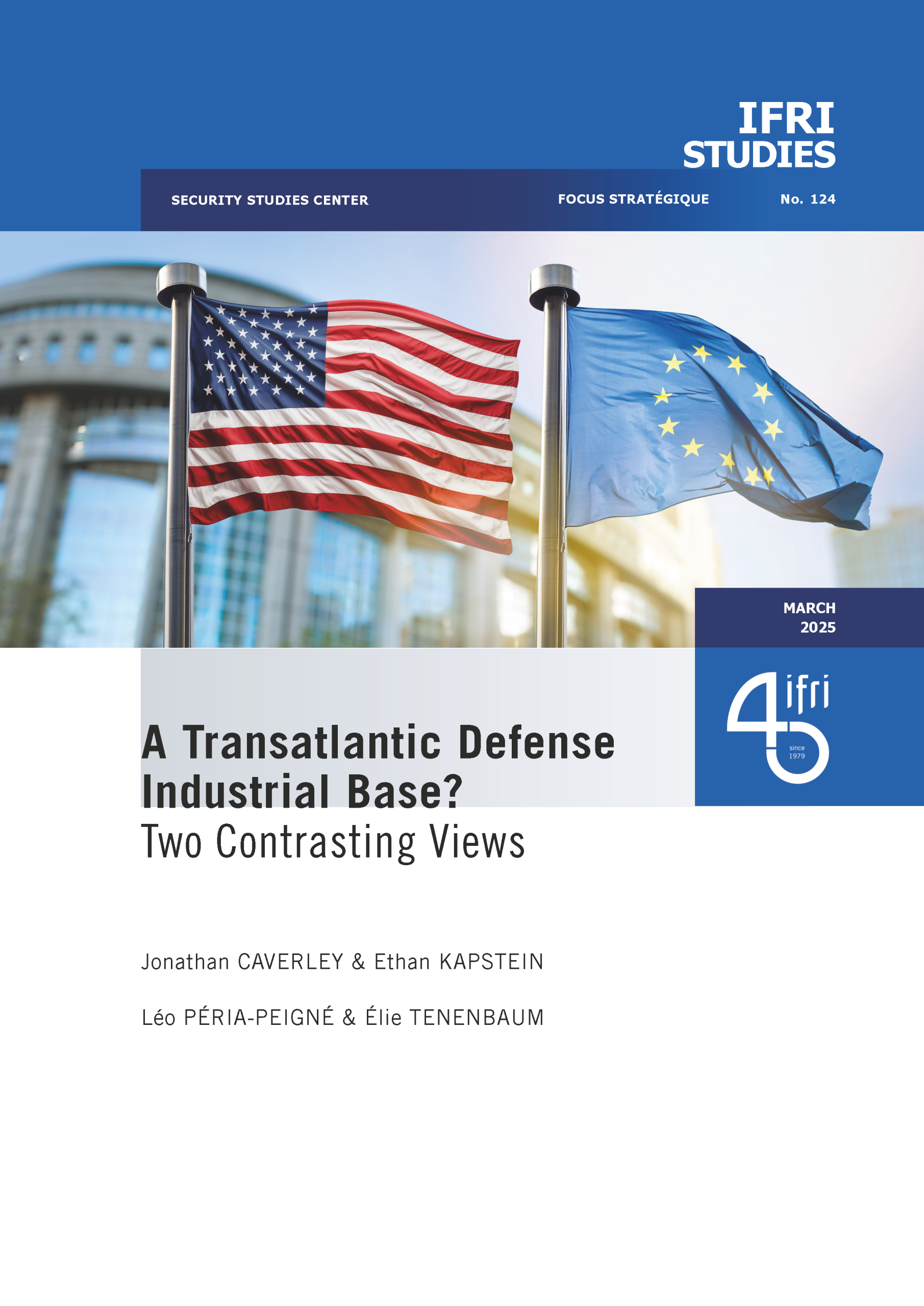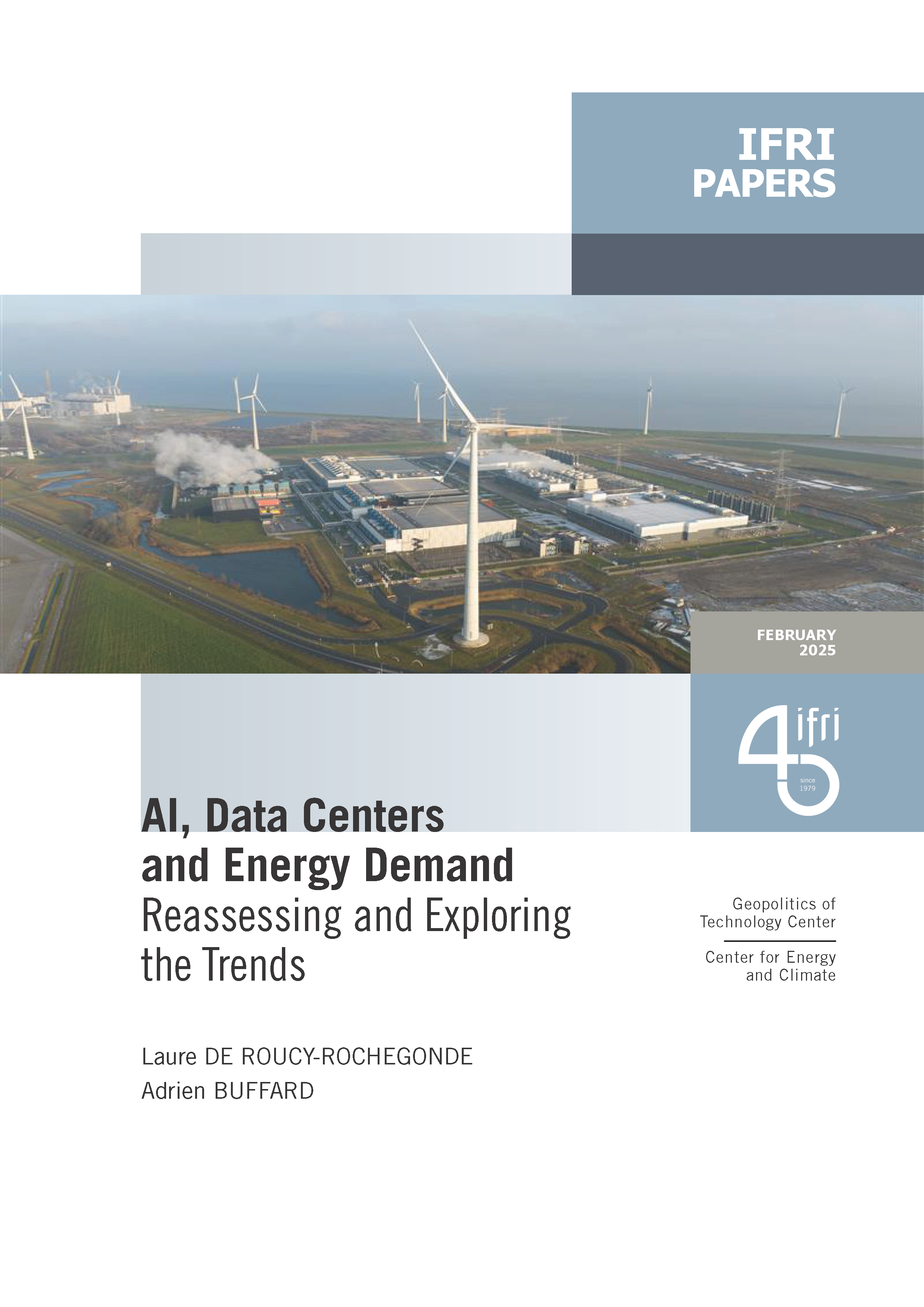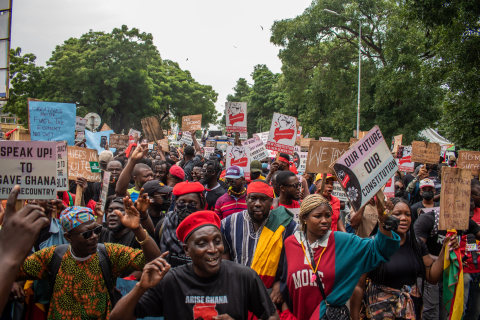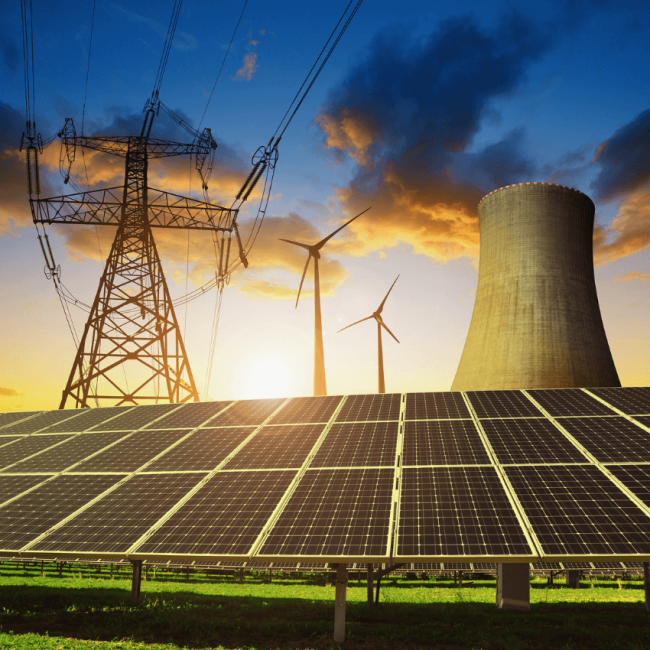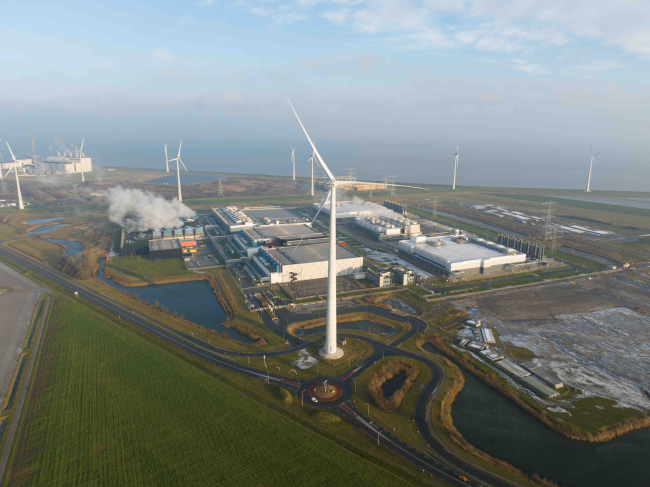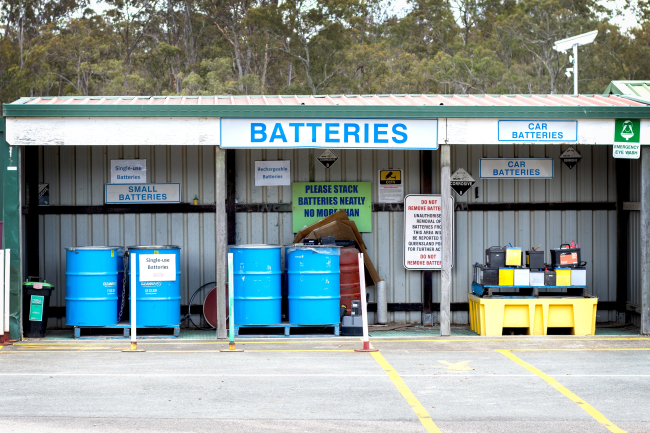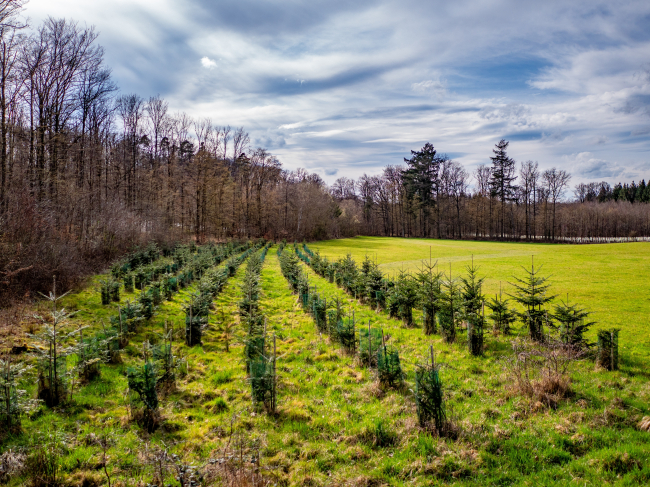Unlocking India’s Energy Transition: Addressing Grid Flexibility Challenges and Solutions
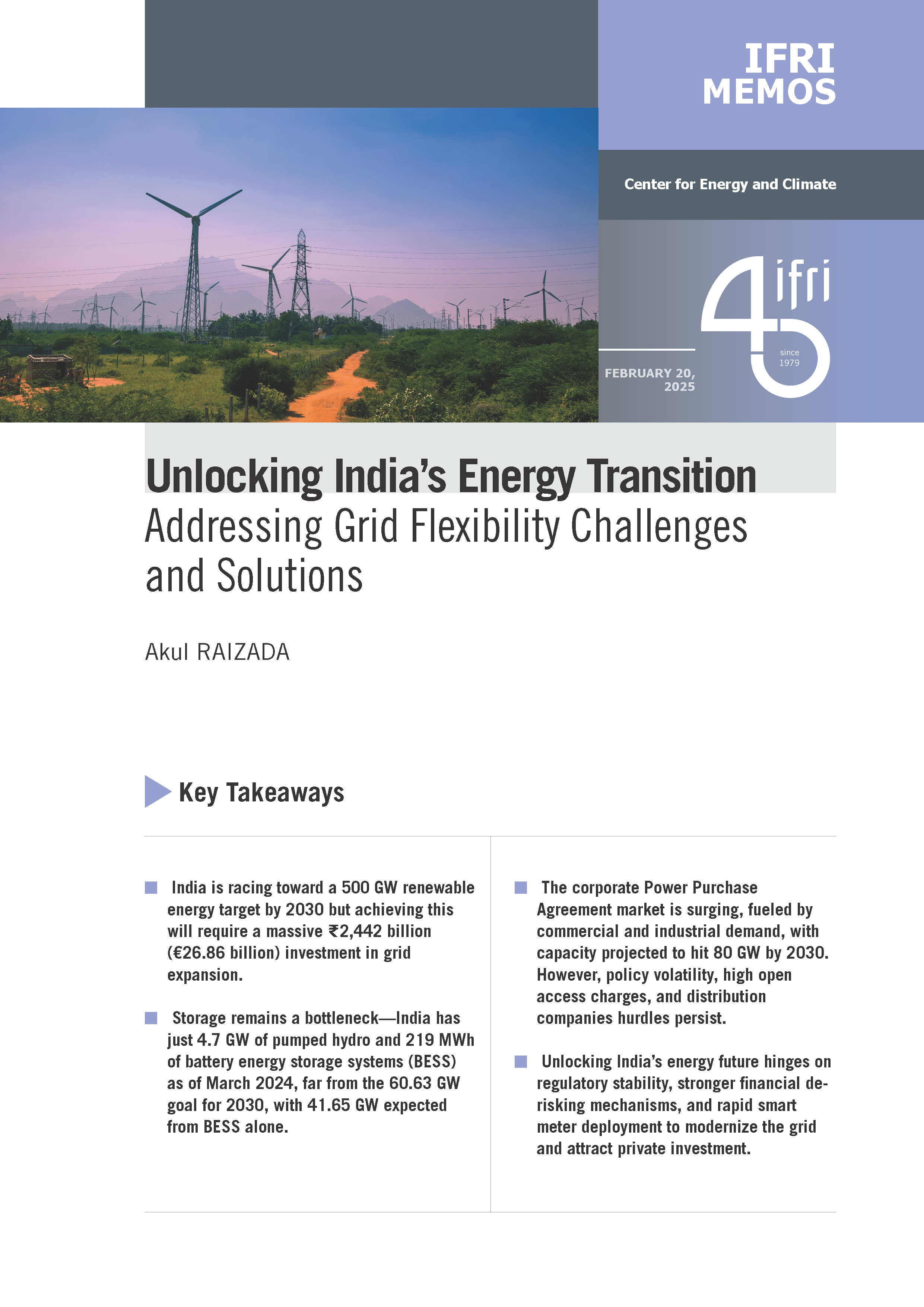
India is rapidly scaling up its renewable energy (RE) capacity, adding 15–20 GW annually, but the ambitious goal of 500 GW of non-fossil capacity by 2030 is at risk unless the pace accelerates.
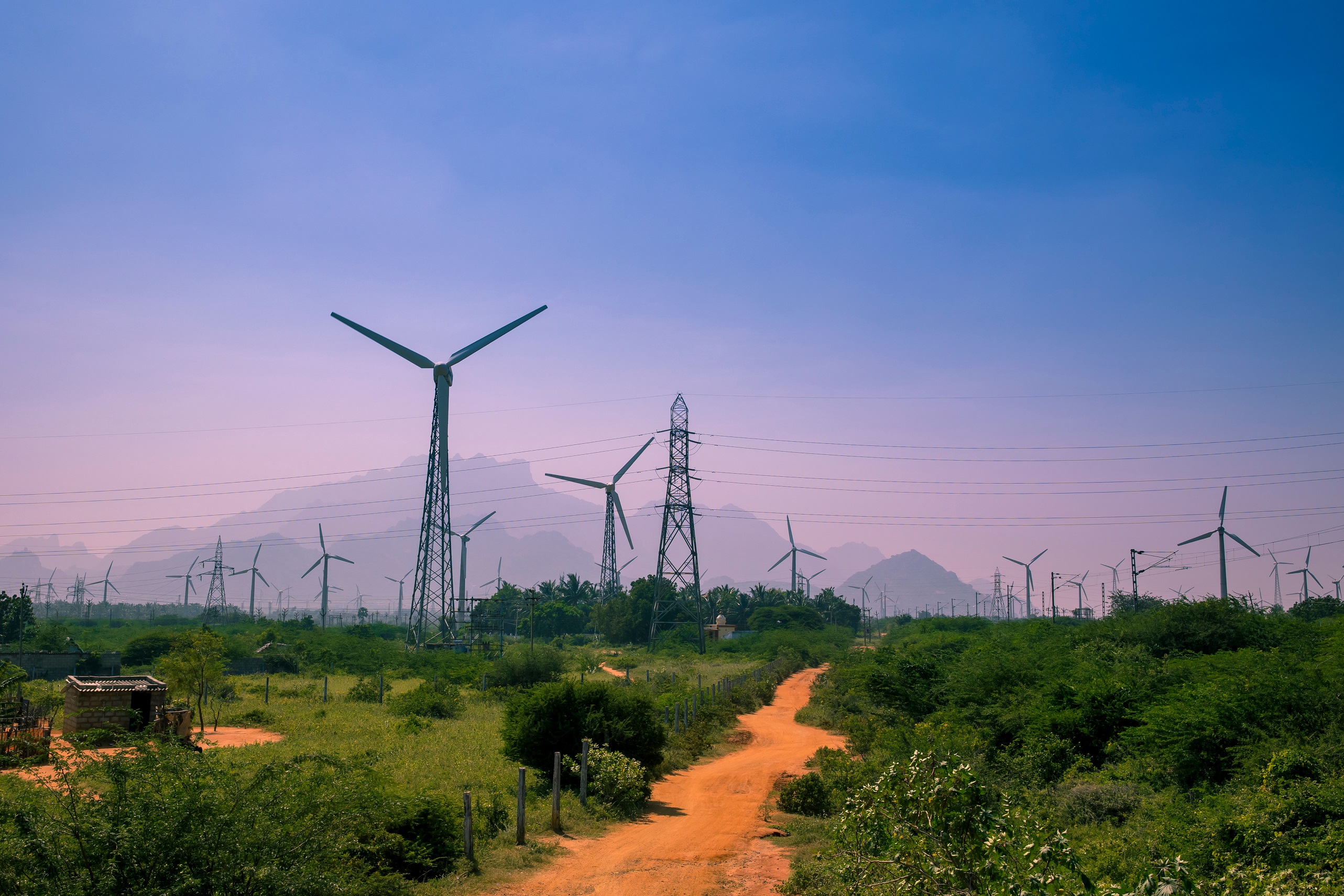
This green transition is revealing significant vulnerabilities in the national grid. Solar and wind energy, with their inherent variability, depend on unpredictable weather patterns, unlike traditional power plants. This challenge is magnified by India’s tight operating frequency band of 49.90 Hz to 50.05 Hz , where even slight fluctuations can cause grid instability. To make matters worse, climate change is heightening the grid’s vulnerability.
- India is racing toward a 500 GW renewable energy target by 2030 but achieving this will require a massive ₹2,442 billion (€26.86 billion) investment in grid expansion.
- Storage remains a bottleneck—India has just 4.7 GW of pumped hydro and 219 MWh of BESS as of March 2024, far from the 60.63 GW goal for 2030, with 41.65 GW expected from BESS alone.
- The corporate PPA market is surging, fueled by commercial and industrial demand, with capacity projected to hit 80 GW by 2030. However, policy volatility, high open access charges, and DISCOM hurdles persist.
- Unlocking India’s energy future hinges on regulatory stability, stronger financial de-risking mechanisms, and rapid smart meter deployment to modernize the grid and attract private investment.

Available in:
Themes and regions
ISBN / ISSN
Share
Download the full analysis
This page contains only a summary of our work. If you would like to have access to all the information from our research on the subject, you can download the full version in PDF format.
Unlocking India’s Energy Transition: Addressing Grid Flexibility Challenges and Solutions
Related centers and programs
Discover our other research centers and programsFind out more
Discover all our analysesAI, Data Centers and Energy Demand: Reassessing and Exploring the Trends
The information and communication technologies sector today accounts for 9% of global electricity consumption, data centers for 1-1.3%, and artificial intelligence (AI) for less than 0.2%. The growing energy demands of cloud services first, and now AI workloads (10% of today’s data centers electricity demand), have exacerbated this trend. In the future, hyperscale data centers will gain shares amongst all kinds of data centers and AI will probably account for around 20% of data centers electricity demand by 2030.
Europe’s Black Mass Evasion: From Black Box to Strategic Recycling
EV batteries recycling is a building block for boosting the European Union (EU)’s strategic autonomy in the field of critical raw minerals (CRM) value chains. Yet, recent evolutions in the European EV value chain, marked by cancellations or postponements of projects, are raising the alarm on the prospects of the battery recycling industry in Europe.
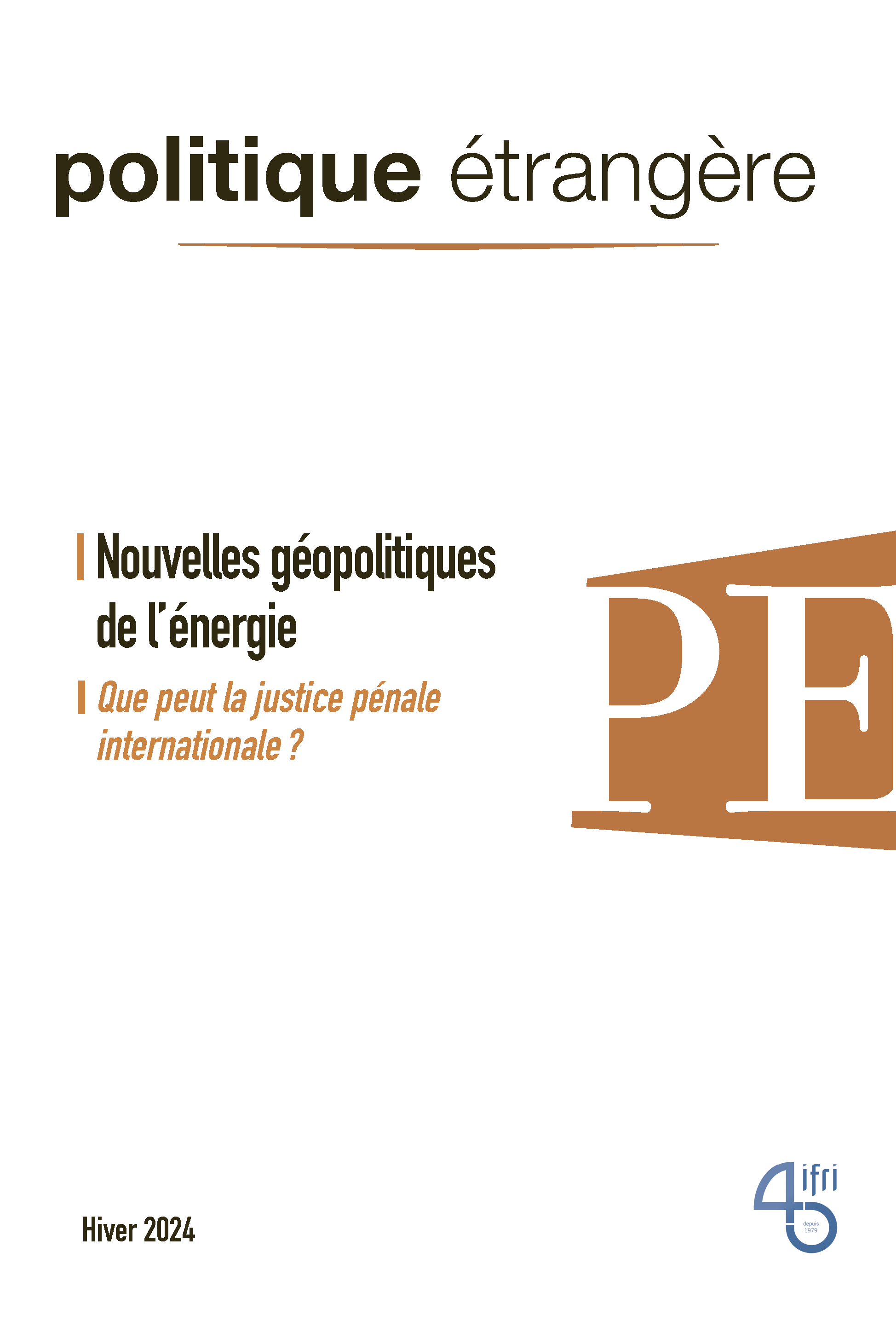
The New Geopolitics of Energy
Following the dramatic floods in Valencia, and as COP29 opens in Baku, climate change is forcing us to closely reexamine the pace—and the stumbling blocks—of the energy transition.
Can carbon markets make a breakthrough at COP29?
Voluntary carbon markets (VCMs) have a strong potential, notably to help bridge the climate finance gap, especially for Africa.


